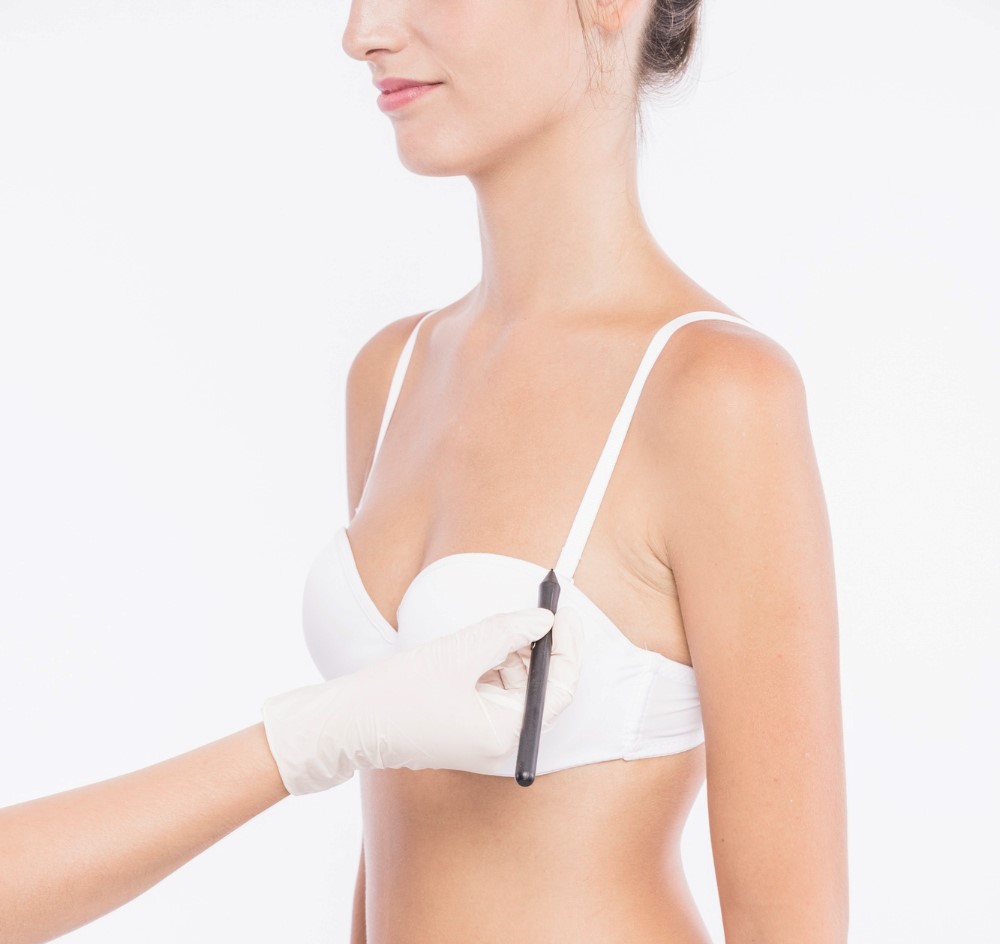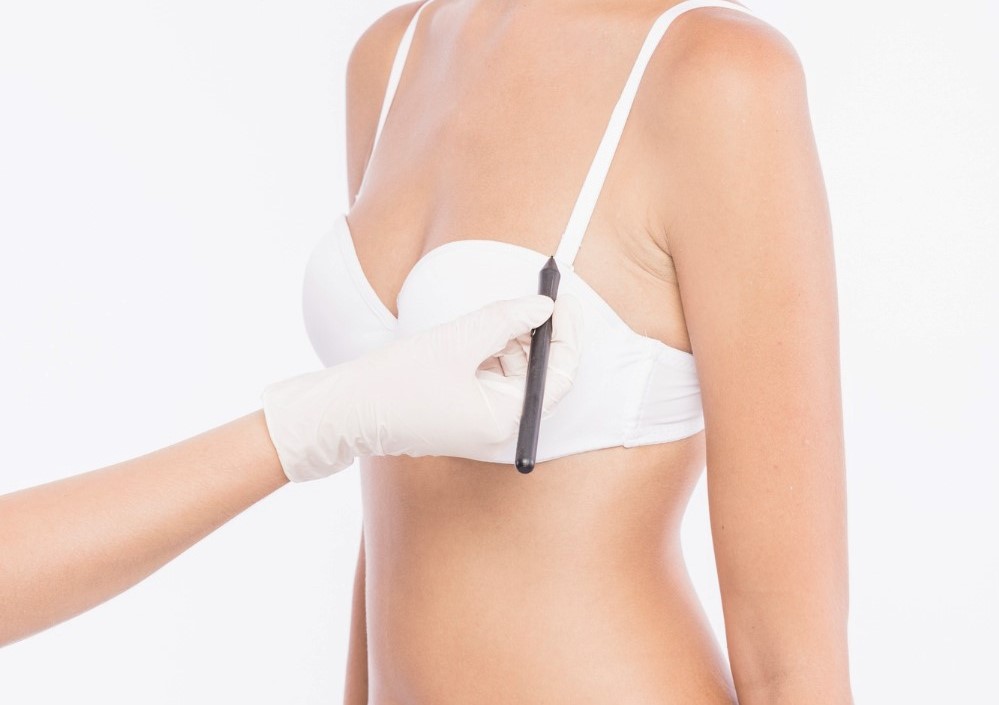Breast Augmentation in Singapore


Breast augmentation, medically termed as mammoplasty, is a surgical procedure aimed at enhancing the size and shape of the breasts.
In Singapore, this procedure has gained significant popularity due to its ability to address various aesthetic and medical concerns related to the breasts.
Types of Breast Implants
Silicone Gel Implants
These implants are filled with a thick, sticky fluid known as silicone gel. The gel closely mimics the feel of human fat, making the breast feel more natural to the touch.
Advantages:
- Offers a more natural look and feel compared to other implant types.
- Less likely to wrinkle or ripple.
Considerations:
- Requires a slightly larger incision for insertion.
- In the event of a rupture, the gel may remain within the implant shell or escape into the breast implant pocket.
Saline Implants
These implants have a silicone outer shell but are filled with sterile salt water (saline). They can be filled during the procedure, allowing for minor adjustments in size. However, It is currently not available in our clinic.
Advantages:
- If the implant leaks, the saline solution will be absorbed and naturally expelled by the body.
- Smaller incision compared to silicone gel implants.
Considerations:
- May not feel as natural as silicone implants, especially if the patient has little natural breast tissue.
- Higher chance of visible rippling.
Cohesive Gel Implants (Gummy Bear Implants)
These are form-stable implants, meaning they maintain their shape even if the outer shell is broken. The consistency of the silicone gel inside the implant is thicker than traditional silicone gel implants.
Advantages:
- Retains shape and is less likely to ripple.
- Offers a firmer feel.
Considerations:
- Requires a slightly larger incision for insertion.
- If the implant rotates, it may lead to an unusual appearance of the breast.
Fat Transfer Augmentation
Instead of using synthetic implants, this method involves harvesting fat from another part of the patient’s body (like the abdomen or thighs), purifying it, and then injecting it into the breasts.
Advantages:
- Offers a more natural look and feel.
- No risk of implant rupture or leakage.
- Dual benefit of liposuction from the donor site.
Considerations:
- The amount of augmentation is limited by the amount of fat available for transfer.
- Some of the transferred fat may be reabsorbed by the body over time, potentially leading to a decrease in breast size.
Procedure Overview
Consultation and Planning
Initial Assessment: The surgeon conducts a thorough examination of the patient’s breasts, considering factors like size, shape, skin quality, and position of the nipples.
Discussion: The patient’s goals and expectations are discussed in detail. This includes desired breast size, shape, and overall appearance.
Implant Selection: Based on the patient’s anatomy and desired outcome, the surgeon will recommend the most suitable type of implant, its size, and placement.
Surgical Techniques and Incision Types
Inframammary Incision: An incision is made in the fold under the breast. This is the most common technique and allows for direct access to the breast tissue.
Periareolar Incision: The incision is made around the areola’s edge. This technique is often chosen when a breast lift is also being performed.
Transaxillary Incision: Made in the armpit, this technique avoids scars on the breast, giving a much more natural appear of the breast by the absence on any scar on the breast.
TUBA (Transumbilical Breast Augmentation): The incision is made in the navel, and the implant is tunneled up to the breast. This technique leaves no scars on the breast but is less common and can only be done with Saline Implants.
Implant Placement Options
Submuscular (Under the Muscle): The implant is placed beneath the pectoral muscle. This placement can offer a more natural look over the upper pole of the breast, especially in women with little natural breast tissue. It may also reduce the risk of capsular contracture.
Subglandular (Over the Muscle, Under the Gland): The implant is placed between the breast tissue and the pectoral muscle. This placement can offer a more pronounced silhouette and may result in a shorter recovery time.
Sub-fascia: A new trend in sub-glandular pectoral implant placement. Fascia is the hard tissue that covers the muscle, enveloping the muscle. The placement of the implant sub fascia gives a more natural look and more stability to the implant compared to the sub-glandular approach.
Dual Plane: Position the top part of the implant beneath the chest muscle and let the bottom part rest under the breast tissue, above the muscle. This technique combines aspects of both under and over the muscle placement for a balanced result.
Ready For A Change?
Achieve your desired transformation with breast augmentation procedure.
Consult our internationally-accredited surgeon for a detailed assessment today.
Risks and Complications
Common Side Effects
Swelling: Post-operative swelling is expected and typically subsides within a few weeks. Cold compresses and elevation can help reduce swelling.
Bruising: Some degree of bruising is common after the procedure, which usually fades within a couple of weeks.
Pain and Discomfort: Temporary pain, soreness, and tightness in the chest area are common, which can be managed with prescribed pain relievers.
Changes in Nipple Sensation: Some patients may experience increased or decreased sensitivity in the nipple area, which usually resolves over time.
Potential Complications
Capsular Contracture: This occurs when the scar tissue that forms around the implant tightens and squeezes the implant. It can cause the breast to feel hard and may require surgical intervention to correct.
Implant Rupture or Leakage: Over time, breast implants can break or leak. If a saline implant ruptures, the saline is safely absorbed by the body. Silicone implant leaks are harder to detect and may require imaging tests.
Implant Displacement or Malposition: The implant may move from its original position, leading to asymmetry or an unnatural appearance. Surgical correction may be required.
Infection: As with any surgery, there’s a risk of infection. If an infection occurs around an implant, the implant might need to be removed.
Scarring: While incisions are made to be as discreet as possible, scarring can vary based on individual healing and the incision type.
Breast Implant Illness (BII): Some patients report a variety of symptoms, including fatigue, joint pain, and cognitive issues, which they attribute to their breast implants, although research in this area is ongoing.
Breast Implant-Associated Anaplastic Large Cell Lymphoma (BIA-ALCL): A rare type of non-Hodgkin’s lymphoma that can develop around breast implants. It’s more commonly associated with textured implants.
Conclusion
Breast augmentation in Singapore offers individuals an opportunity to enhance their breast profile, boost self-confidence, and address medical concerns. By understanding the procedure, implant options, and potential risks, individuals can make informed decisions about undergoing breast augmentation.
Our Clinic Location
Mount Elizabeth Novena Specialist Centre
#10-26/27,
38 Irrawaddy Road
Singapore 329563
Frequently Asked Questions (FAQs)
How long do breast implants typically last?
Breast implants are not lifetime devices. On average, they may last 10 to 20 years, after which they might need to be replaced due to reasons like implant rupture, leakage, or cosmetic concerns.
Can I breastfeed after undergoing breast augmentation?
Many women can breastfeed after breast augmentation, but it can depend on the type of surgical technique used and the implant placement. Discuss your future plans for breastfeeding with your surgeon before the procedure.
Is there an age requirement for breast augmentation?
Generally, patients must be at least 18 years old for saline implants and 22 years old for silicone implants. However, individual circumstances, such as reconstructive purposes, may influence this decision.
How soon after breast augmentation can I return to work or exercise?
Recovery timelines vary, but most patients can return to work within a week and resume light exercises after 2-3 weeks. Follow your surgeon’s specific recommendations.
Will I require additional surgeries in the future?
While breast implants are designed to be long-lasting, they may not last a lifetime. Factors like ageing, weight fluctuations, and gravity can affect the appearance of augmented breasts over time, leading to potential future procedures.